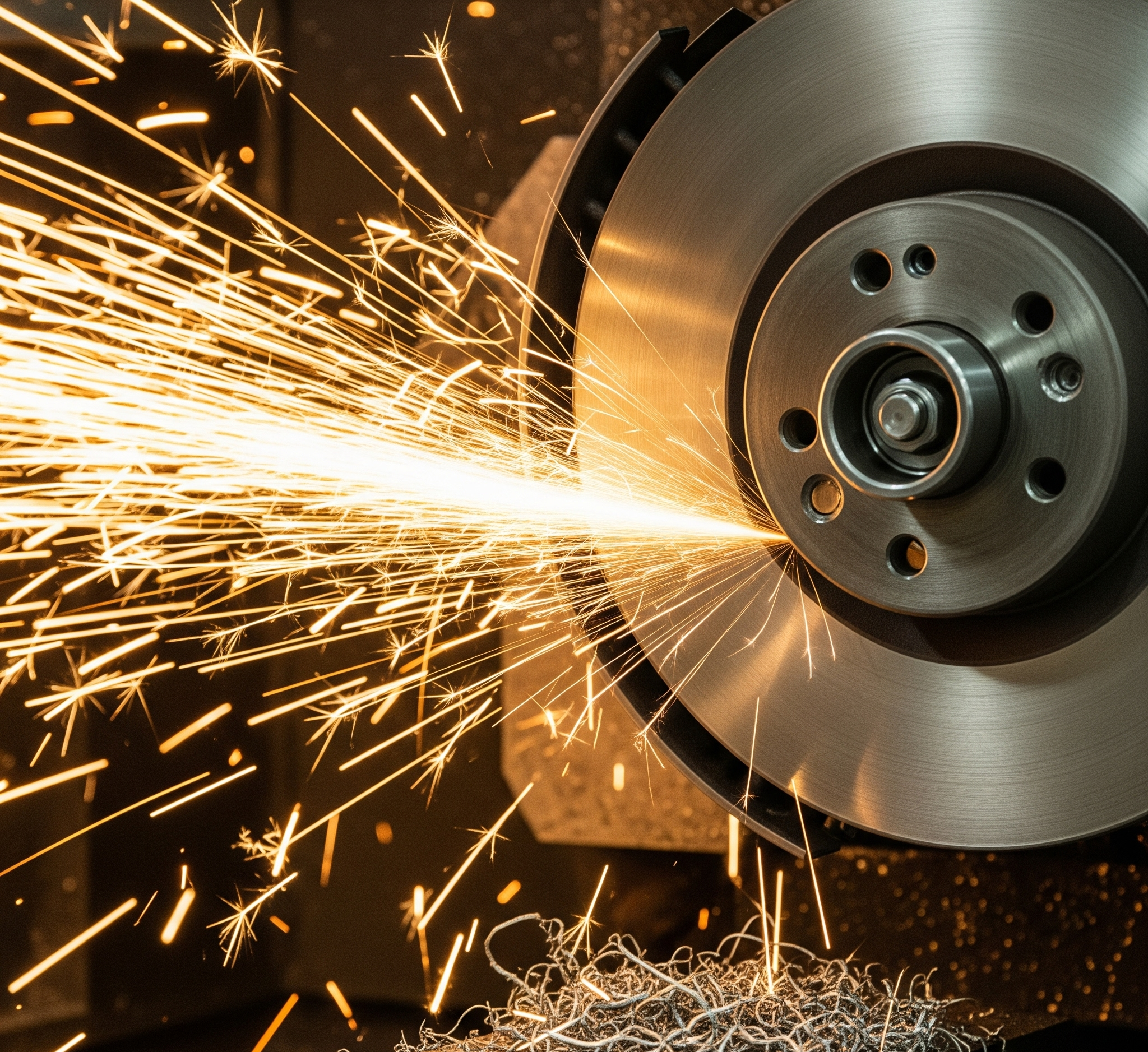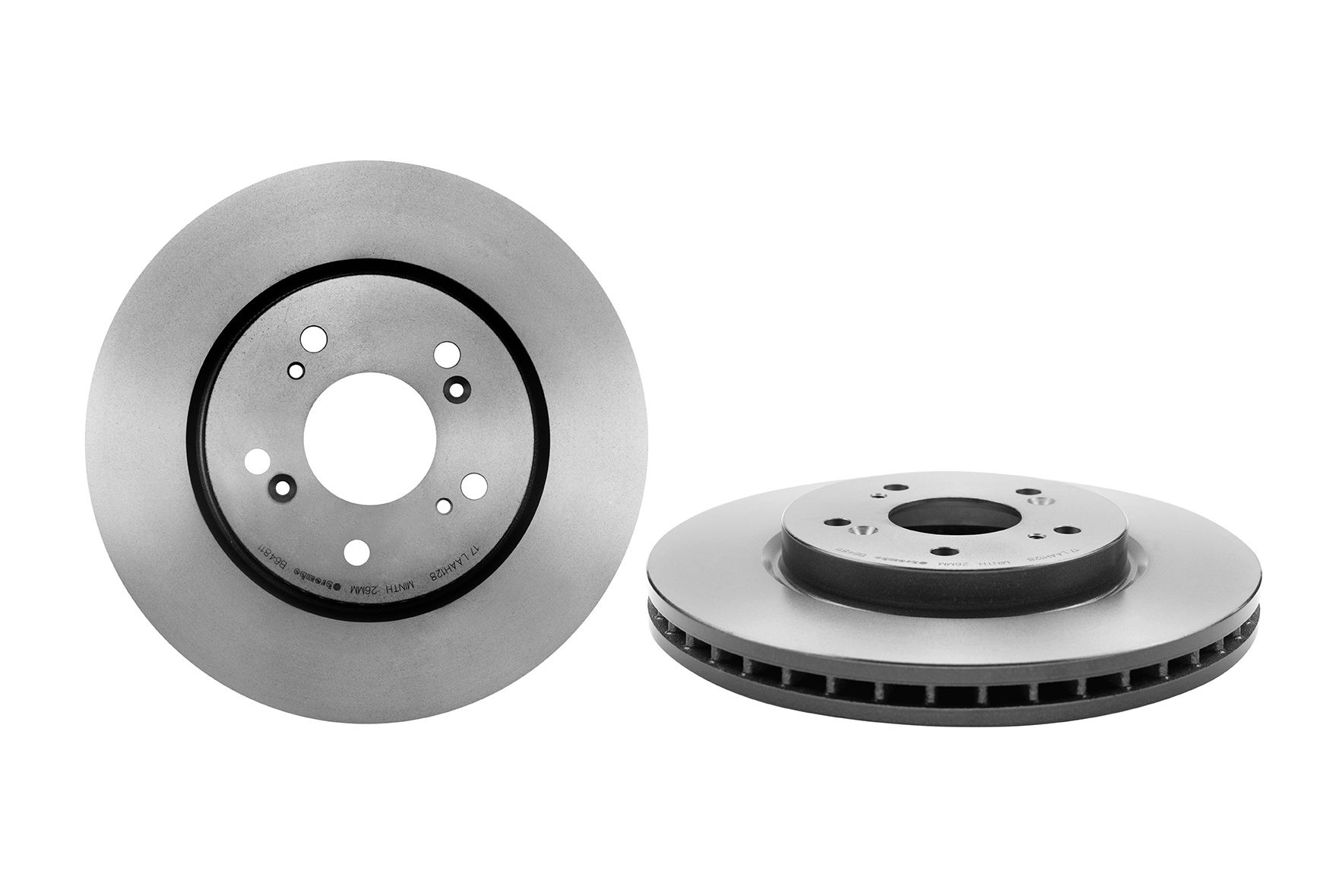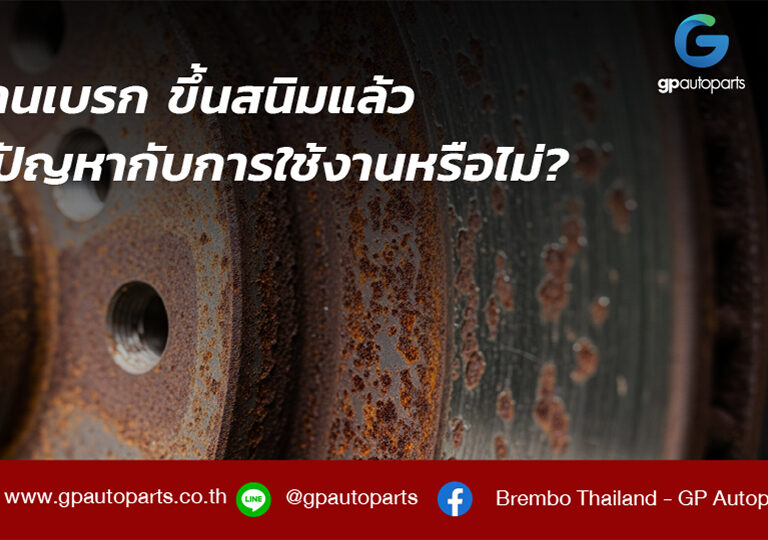Have you ever felt your brake pedal vibrating or pulsing under your foot when braking? In some cases, this vibration may even extend to the steering wheel. This is a warning sign of a common braking issue known as “brake judder” — a symptom of potential brake system malfunction that could compromise your driving safety.
What Causes Brake Rotors to Warp?

1. Heat-Induced Warping of Brake Discs
Low-quality or non-standard brake discs may fail to withstand high temperatures generated during intense braking or long downhill driving. Excessive heat can distort the metal, causing the disc surface to become uneven.
2. Sudden Temperature Change
When a hot brake disc is suddenly exposed to cold water — such as from driving through a puddle — the metal may warp due to rapid contraction and uneven thermal expansion, resulting in brake judder. This can sometimes be temporarily resolved by resurfacing (machining) the disc, but not always.
How to Fix a Pulsating Brake Pedal
1. Brake Disc Resurfacing (Turning)
A common first step is machining the brake disc surface to restore evenness. While this can help in the short term, it is not a permanent solution. Repeated resurfacing may reduce the disc thickness beyond safe limits.

2.Replacing the Brake Discs
If the disc is too thin or too deformed for resurfacing, replacing the brake disc is the only safe and effective solution. A new brake disc restores full braking performance and eliminates the vibration permanently.

Brake pedal vibration is not just an inconvenience — it’s a potential safety risk.
If you notice any symptoms, have your brake system inspected by a qualified technician. Whether it’s resurfacing or replacement, timely action ensures a smoother, safer ride for you and everyone on the road.












